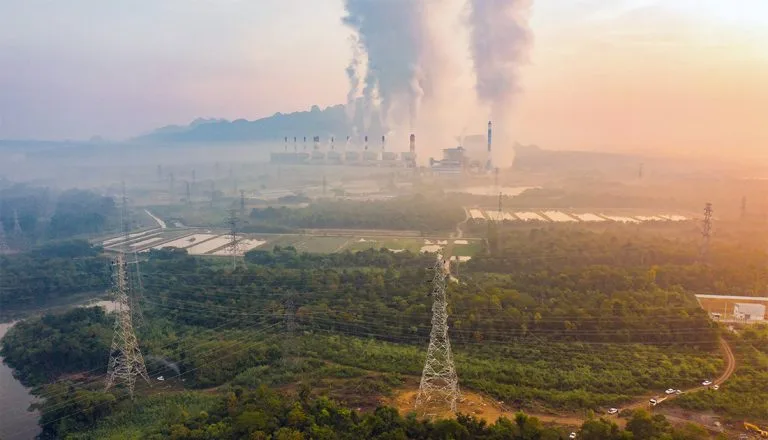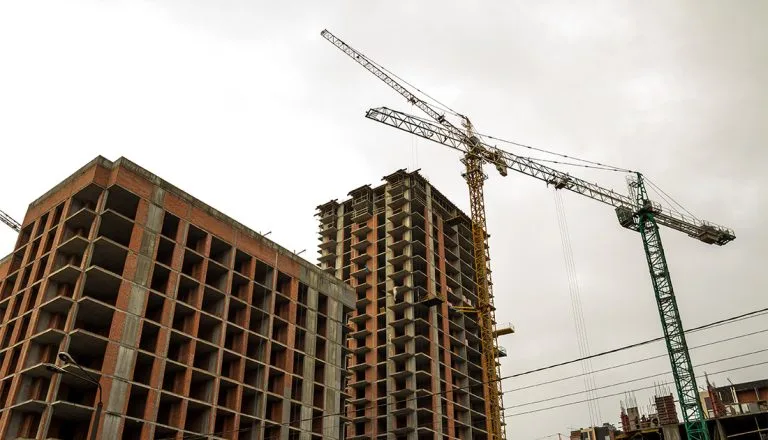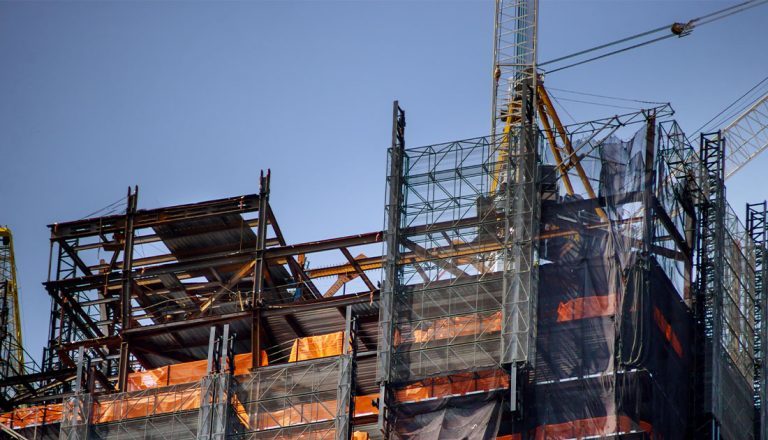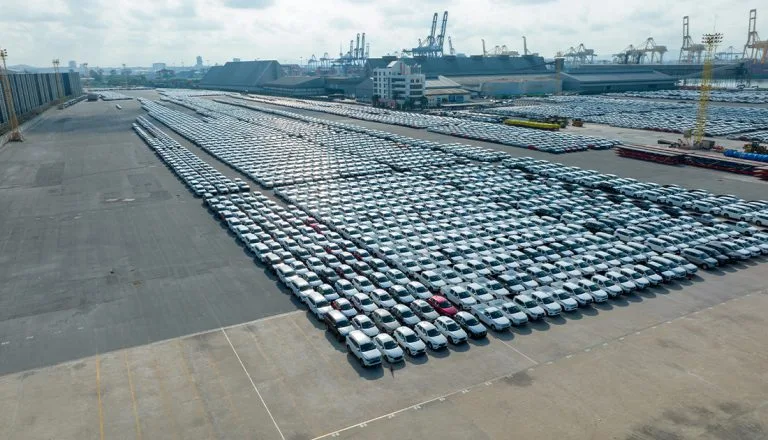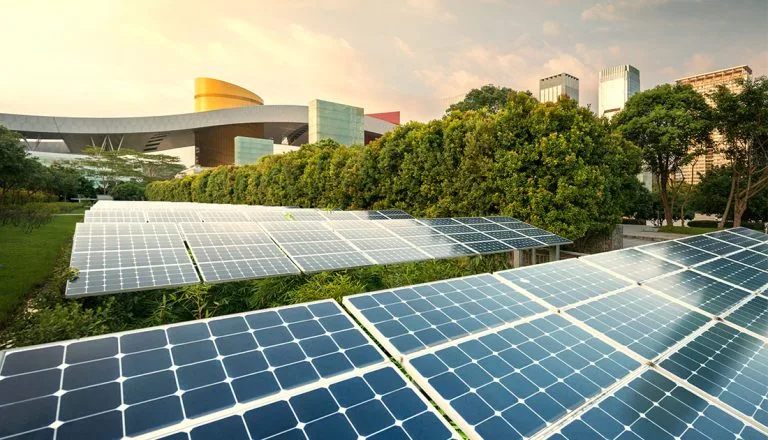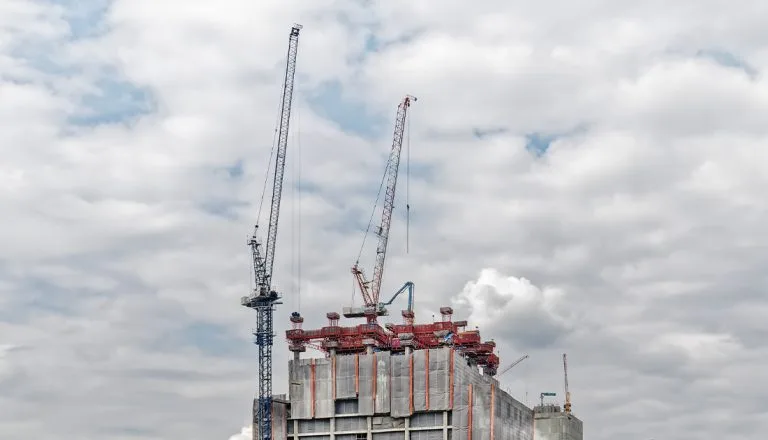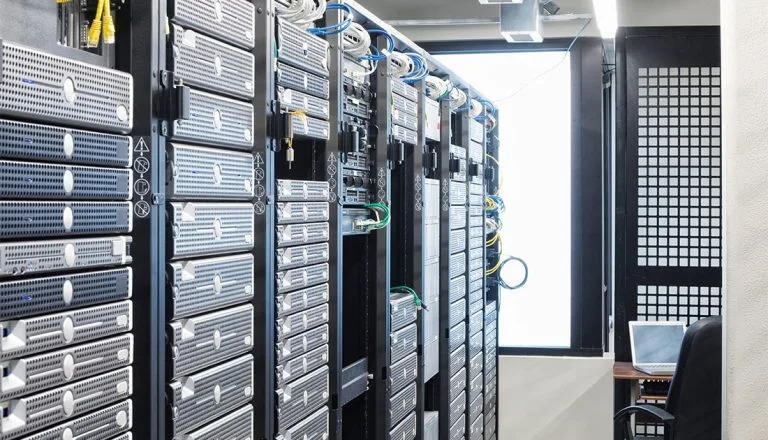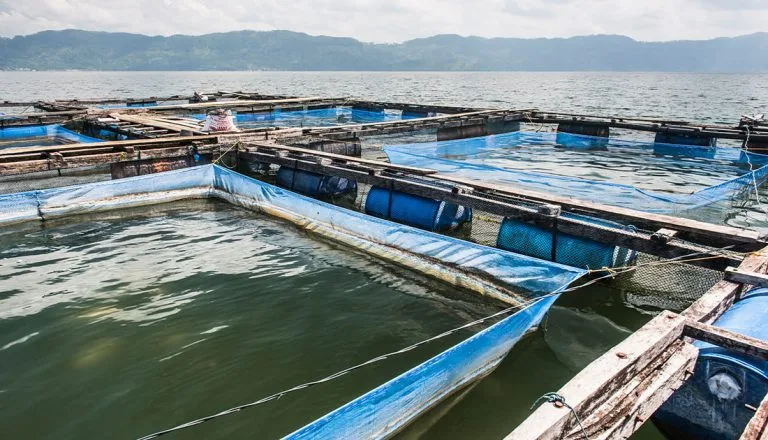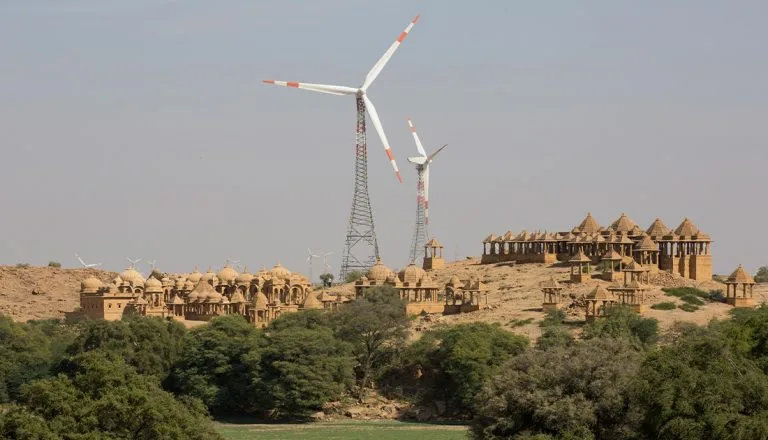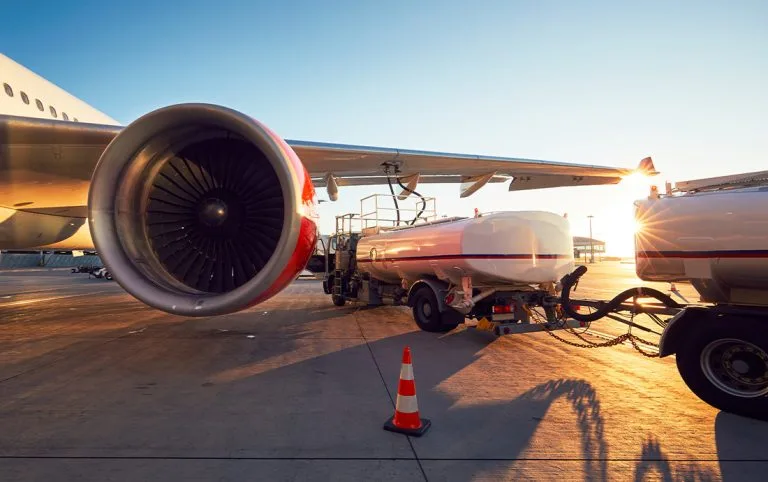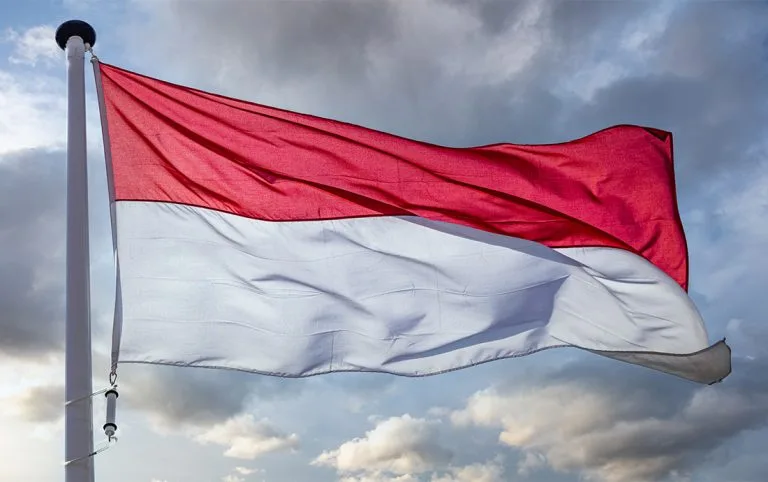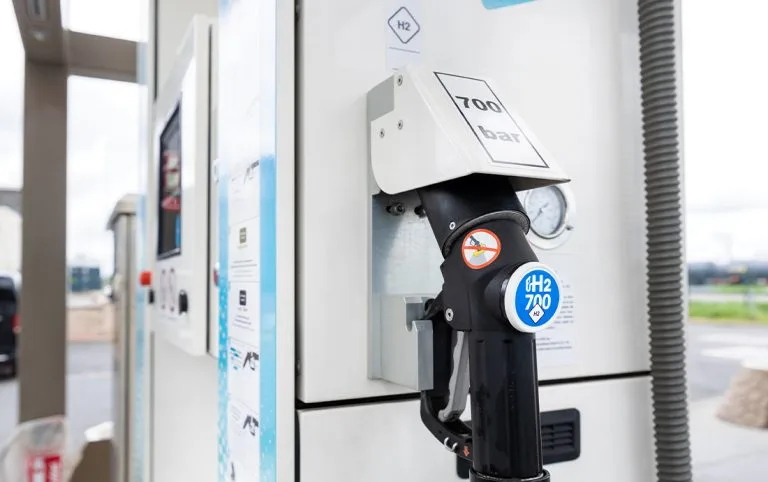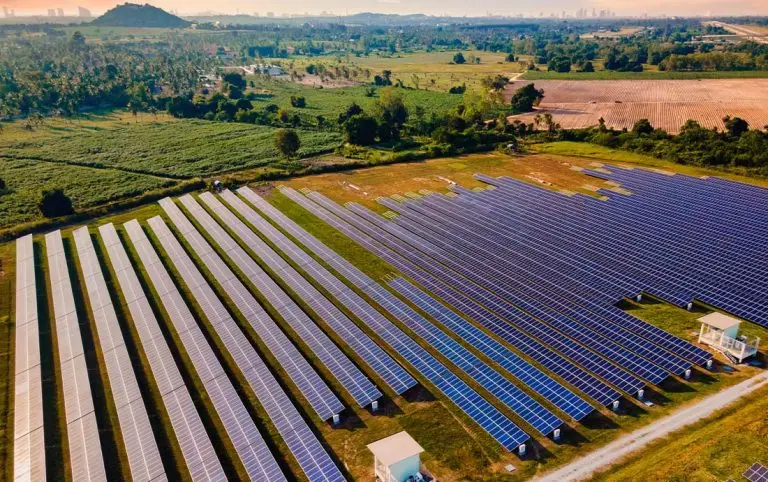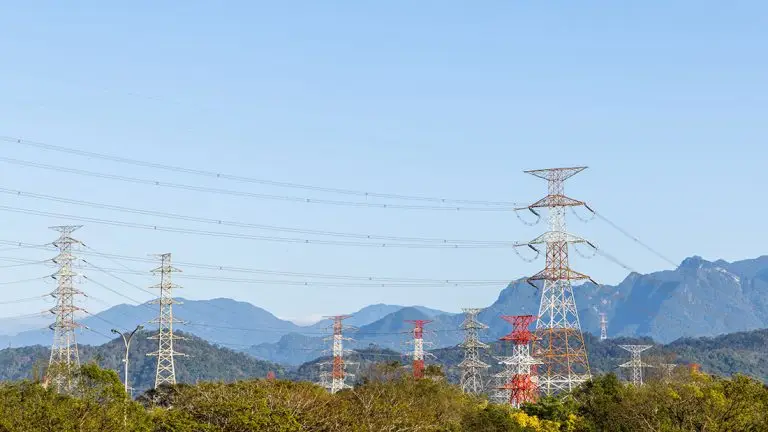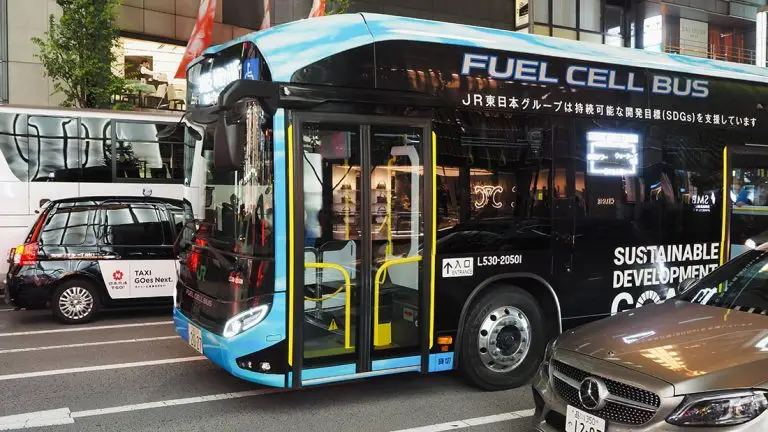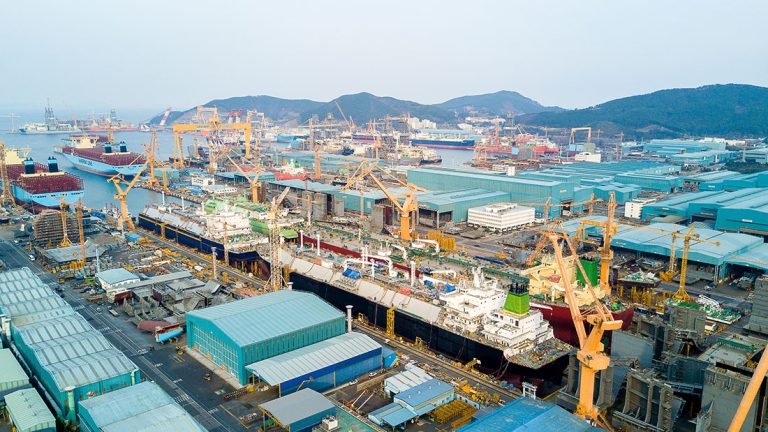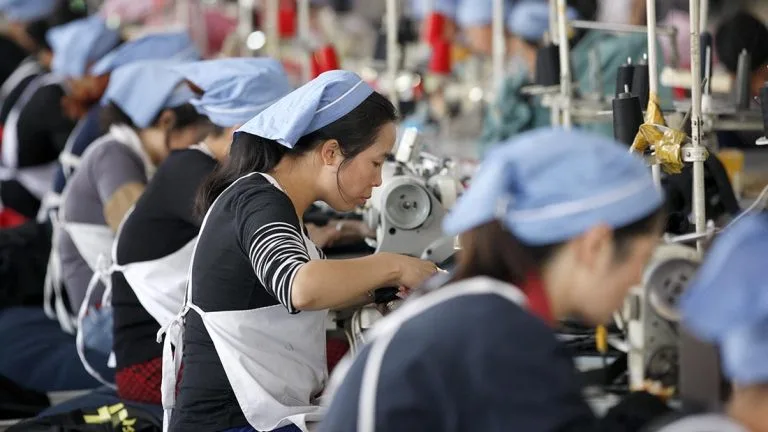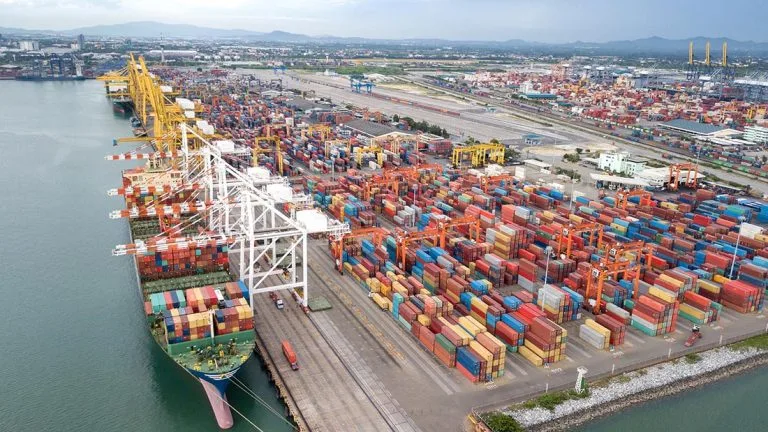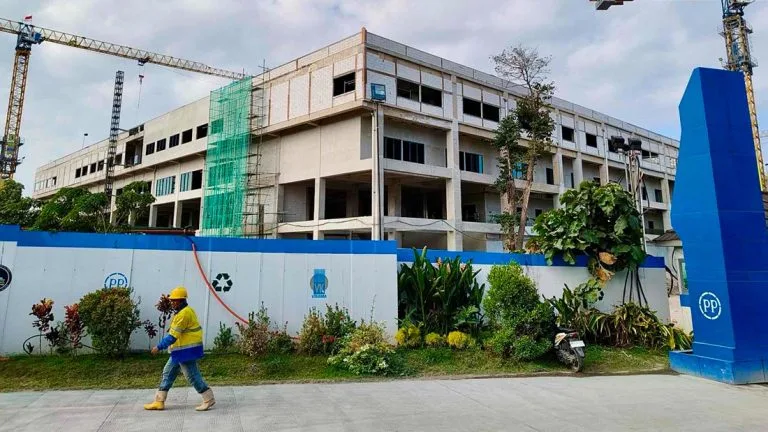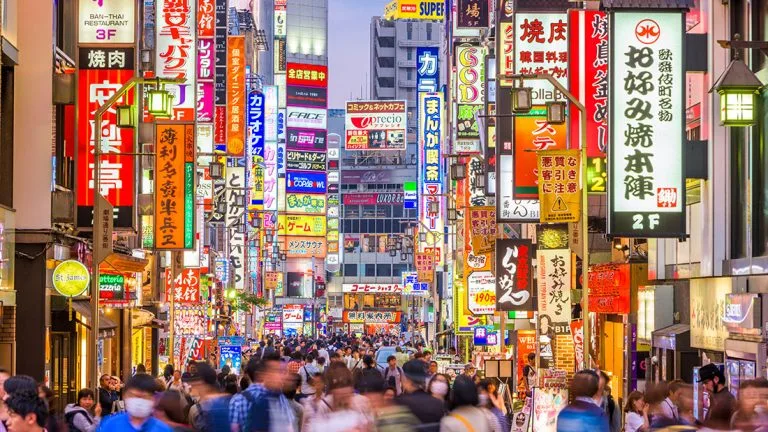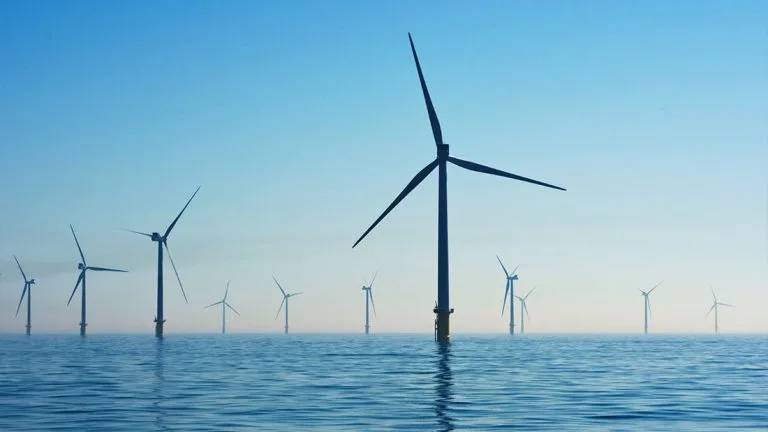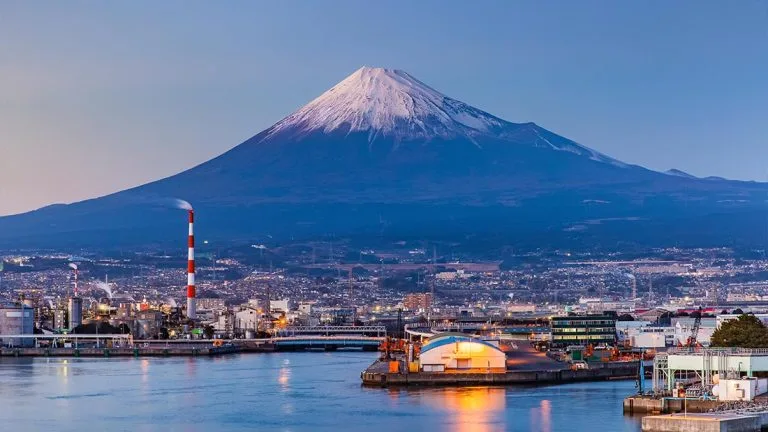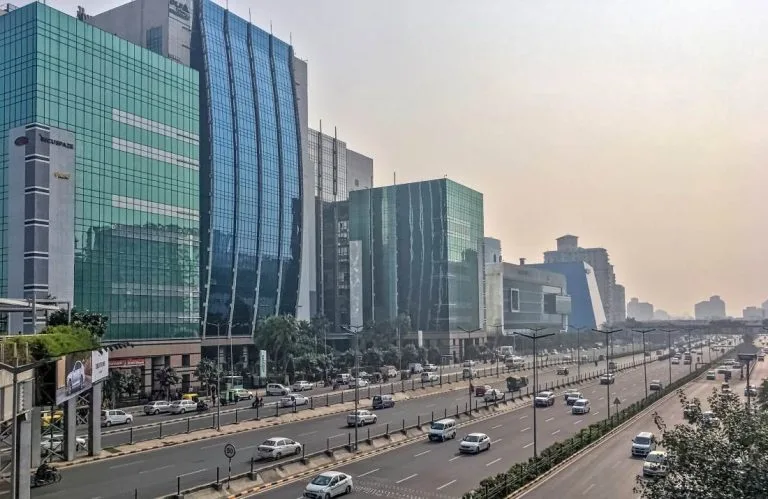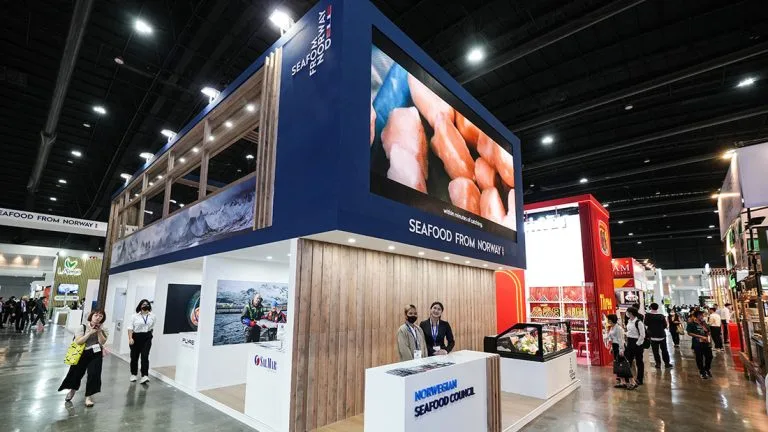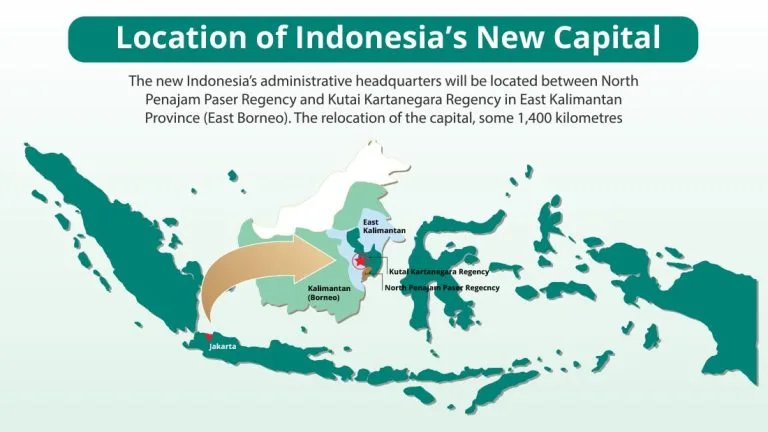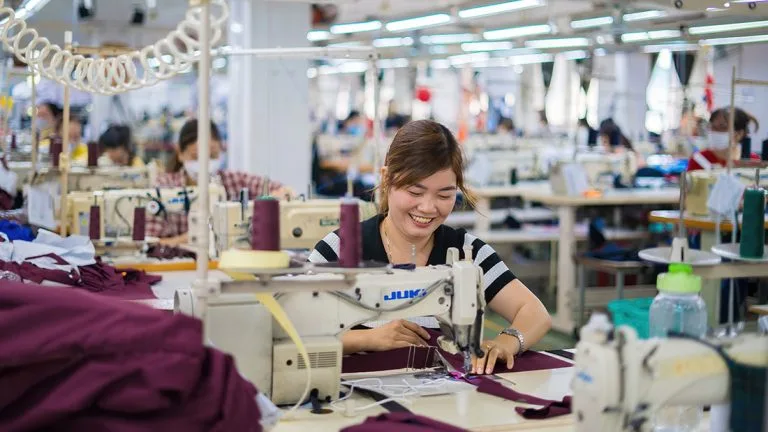- The EU-Vietnam Free Trade Agreement (EVFTA) was agreed to in 2019 and went into effect the following year
- European businesses can find opportunities in Vietnam with the EVFTA providing many benefits to those entering the market
- Vietnam is now the EU’s largest goods trading partner in ASEAN as trade flows reached EUR64.2 billion (USD71 million) last year
When the EU-Vietnam Free Trade Agreement (EVFTA) kicked off in August 2020, it was hailed as a landmark moment for economic development and investment between the two sides. Four years later, a lot of positives have been realised. However, more opportunities are still available for European businesses considering the country. Asian Insiders’ partner in Vietnam, Thomas Zagler, explains why the full potential of the EVFTA is only now being reached.
The Asia Pacific has been a critical region for European Union companies looking to expand. One country that often gets overlooked is Vietnam. There are a few reasons for that, but perhaps the most notable is a lack of understanding or even awareness about the free trade agreement currently in place between the two.
Having been in place for more than four years now, the EVFTA has provided far-reaching benefits. Vietnam has established itself as the leading exporter to the EU within ASEAN, while imports from the EU to Vietnam have risen steadily.
Interestingly, Vietnam is only one of two Southeast Asian countries that boasts a free-trade agreement with the EU. The other is, of course, Singapore. Even with this advantage, many experts believe the EVFTA still has a long way to go before reaching its full potential.
What did the EVFTA aim to accomplish?
- Eliminate 99% of all tariffs
- Reduce regulatory barriers and red tape
- Protect geographical indications
- Open services and public procurement markets
- Create and maintain enforceable rules
The elimination of tariffs is taking place over an 11-year timeline and continues as scheduled. So, too, does work in other areas and the overall investment situation will keep improving in the coming years. The goal was to create a win-win partnership between Vietnam and the EU, and the early returns have been positive on that front.
Not only have exports picked up, but there has been a dramatic rise in service sector opportunities. While there remain some challenges for businesses looking to enter Vietnam, the situation is far more favourable today than before implementation of the EVFTA.
The impact of the EU-Vietnam Free Trade Agreement four years later
Vietnam is now the EU’s largest trading partner in ASEAN with total trade flows reaching EUR64.2 billion (USD71 million) last year. Exports from Vietnam to the EU increased from EUR31.6 billion (USD35.7 billion) in 2019 to EUR39.5 billion (USD43.6 billion) last year. Phones, electronics, shoes, clothing, coffee, rice, and furniture are among the main exports.
Growth from the other end hasn’t been quite as impressive. EU exports to Vietnam in 2019 were EUR11 billion (USD11.8 billion). Last year, this amount totalled EUR11.4 billion (USD12.2 billion). Goods sent from EU member states include electrical machinery and equipment, vehicles, and pharmaceutical products.
There is more to the story than simply exports. For instance, the EU has become the sixth-largest investor in Vietnam, supporting nearly 2500 projects valued at more than EUR28 billion (USD30.9 billion).
It should also be mentioned that this has been achieved in only four years. The full impact of the EVFTA won’t be felt for years as tariffs gradually decrease and problems are solved. Several technical barriers, along with some regulatory challenges, still need to be addressed.
What’s more, some aspects of the agreement have been misunderstood which may be hindering its overall effectiveness. Improved communication should eliminate this issue.
Embracing the potential of the EVFTA
With some of the early speed bumps out of the way, the potential of EVFTA is finally starting to be tapped into. That is something EU companies, especially ones with aspirations of expansion into Asia, should embrace.
It is among the most attractive developing nations in Asia to enter. With a population approaching 100 million that skews younger and a rapidly growing middle class, the market for European products and services is expected to rise in the coming years.
As part of this growth, there is now a greater demand for high-quality goods and foreign brands. Vietnamese consumers have become more discerning creating a need for both of these. While it is not as easy as simply showing up and selling products or services, European brands with a strong understanding of where they can fit into the local landscape will find success. Meanwhile, the existence of a refined EVFTA removed cumbersome red tape and made the process more accessible overall.
Next up: the EU-Vietnam Investment Protection Agreement
There have been a few minor issues with the EVFTA that have presented European companies with some challenges. Among these, Vietnam has introduced new taxes and technical barriers. These have been one potential obstacle preventing the EU from increasing imports into the country.
That is what makes passage of the EU-Vietnam Investment Protection Agreement (EVIPA) critical. The deal, which has already been signed by Vietnam and more than half of EU members, remains stuck in limbo until the remaining EU states ratify it.
The approval of this would only strengthen the EVFTA and make Vietnam an increasingly attractive destination for overseas businesses.
Final thoughts
In the four years since first going into effect, the EVFTA has proven to be suitable for both parties. Admittedly, there have been a few minor problems along the way. That was to be expected given the unique backgrounds of each side. Removing these and strengthening the agreement remains a priority for everyone.
It will be interesting to see how the next four years progress. There is a solid case to be made that the total potential of the EVFTA will start coming to fruition over this period as tariffs keep shrinking and more companies on both sides fully understand how it can be beneficial.
Finally, some businesses may want to wait on the sidelines as the EVFTA develops further and the EVIPA is potentially ratified. This is understandable, but there are risks to doing so. Opportunities available now may not be on offer in the future as more international firms expand into the country.
For guidance on the EVFTA and how your business can find success in Vietnam, schedule a no-obligation call with Jari Hietala, Managing Partner: jari.hietala(at)asianinsiders.com or Thomas Zagler, Vietnam Partner: thomas.zagler(at)asianinsiders.com


